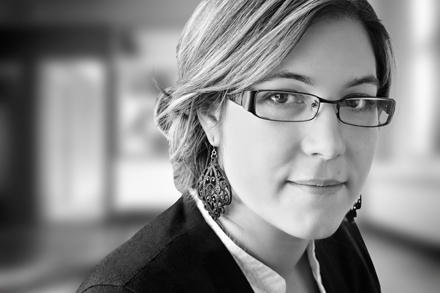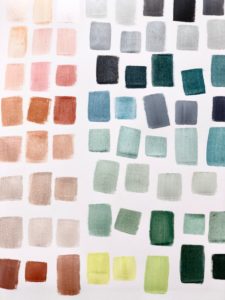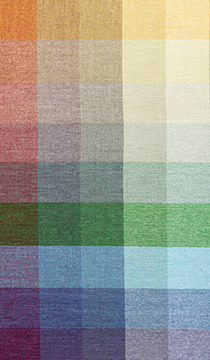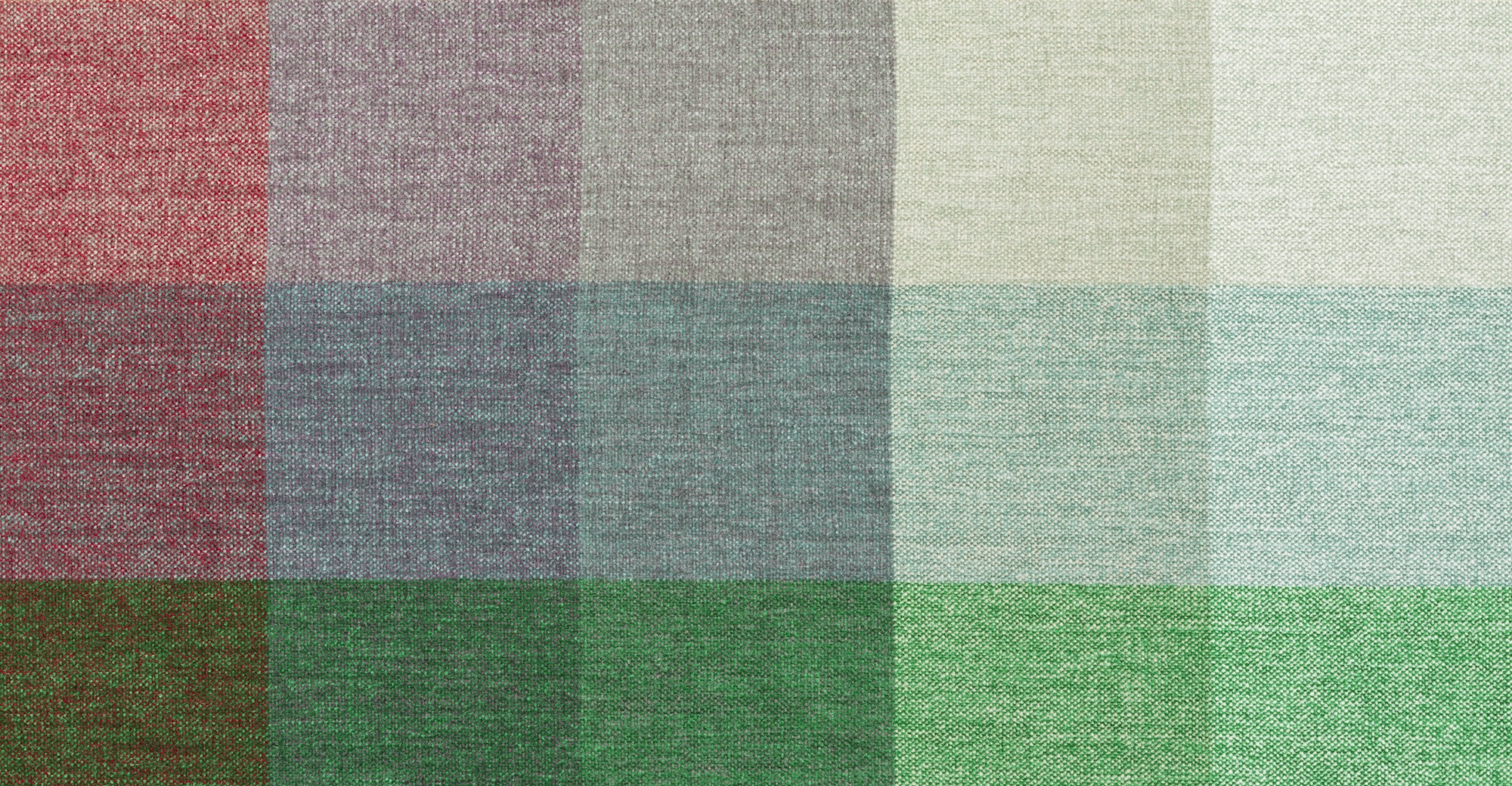As research for the exhibition Saturated: The Allure and Science of Color (May 11, 2018–January 13, 2019) curators interviewed color specialists working in diverse industries and fields, from fashion forecasting to early childhood education. Careers in Color invites these specialists to explain what their job entails and how their love of color led to a professional career. Sara Balderi is Principal Designer at Designtex.

Sara Balderi, Principal Designer, Designtex
What is your job?
Dreaming up and developing surface materials for international healthcare and education environments. At Designtex, we develop a range of collections, from wallcovering to upholstery, throughout the year. My responsibilities include concepts, sketching, and creating designs that are translated into either woven or coated textiles. From there, I create comprehensive color palettes, made up of anywhere from six to sixty colors, for each design.
How did you come to work in color?
Prior to attending RISD (Rhode Island School of Design), my work was in photography, shot mostly with 35mm black and white film. During my freshman year, I enrolled in a two-dimensional design class, where I learned traditional color theory, played with Color-aid papers and mixed every hue, tint, and shade imaginable with gouache paint. It was here that I began experimenting with the interplay between pattern and color, the foundations of textile design. At the end of that year, I declared Textile Design as my major and never looked back.
What is a color issue you are working on right now?
There are a couple of ongoing color challenges I face in my work. The first is staying true to the nature of the materials. I work with many different types of yarns, fibers, and coated fabrics that respond to color very differently. Understanding properties like the light reflectance value, for example, of these various materials is important in creating and applying color to them. Similarly, taking into consideration the context or space in which the designs might be used is important.
Are there any color models or tools that you use regularly in your work?
Paint swatches, yarn reelings, and color libraries are all useful tools when communicating color. When it comes to creating a palette, I’ll sometimes go back to gouache and mix my own colors when that perfect color doesn’t already exist.

Sara Balderi’s gouache color samples
How do you go about developing a palette for a collection of textiles? Could you talk a little bit about the role of color blankets?
To start, I consider the color story. How do the materials want to express themselves? What are the intended environments and furniture types? Is a more subdued, refined palette appropriate, or can we be playful and experiment with color? Actively working through this process, the result is usually a balanced range.
When working on developing colors for woven textiles, the color blanket is an essential tool. It is made up of several colors in the warp — the vertical yarns stretched on the loom — and the weft or horizontal yarns, which run perpendicular to them. When woven, these yarns create the various color combinations possible within a design. I typically create between 20 and 60 different combinations to evaluate and refine for a color line. As seen in the color blanket included in the Cooper Hewitt exhibition Saturated: The Allure and Science of Color (pictured below), function gives way to form and the eye-catching, multicolored plaid patterning makes the color blanket itself a design object.

Color Blanket, Hint, 2016; Produced by Designtex (United States); 50% acrylic, 50% polyester; H x W: 491.5 × 144.1 cm (16 ft. 1 1/2 in. × 56 3/4 in.); Gift of Designtex Group; 2016-20-1
Is designing for the healthcare environment different, color-wise, from other interiors?
Similar to other interior spaces, the users are always at the focal point of all design decisions. Unlike other environments though, you have to consider that these occupants may not be feeling well, are anxious, tired, need privacy, or support from loved ones. This weighs on every design decision from the material makeup to the textures and colors utilized. Which colors and values have a calming effect? Which colors can be therapeutic? There is no single right answer. This varies widely on the type of facility, the targeted patients, caregivers and staff, cultural and geographic differences as well.
